Eating healthy is a priority for many, and there’s no better way to do so than by incorporating nutritious seafood into your diet. From the depths of the ocean to your dinner plate, seafood offers a diverse range of flavors, textures, and health benefits. Packed with essential nutrients such as omega-3 fatty acids, lean proteins, and vitamins, healthy seafoods are a fantastic addition to any meal. In this extensive guide, we will delve into the world of ten nutrient-rich seafood options, exploring their unique benefits, nutritional profiles, and the optimal ways to enjoy them. So, without further ado, let’s dive into the world of healthy seafood!
1 – Salmon

Salmon reigns supreme as one of the best fish for eating and is a staple in many households. This succulent fish is teeming with omega-3 fatty acids, which are essential for reducing inflammation, supporting brain function, and maintaining heart health. Additionally, salmon is an excellent source of lean protein, vitamin D, and various B vitamins.
To maximize the health benefits of salmon, opt for wild-caught varieties, which have a more favorable nutrient profile compared to their farmed counterparts. You can prepare salmon in numerous ways – grill it, bake it, or even serve it raw in sushi. When cooking salmon, use heart-healthy oils like olive oil, and pair it with a side of vegetables for a well-rounded meal.
2 – Sardines
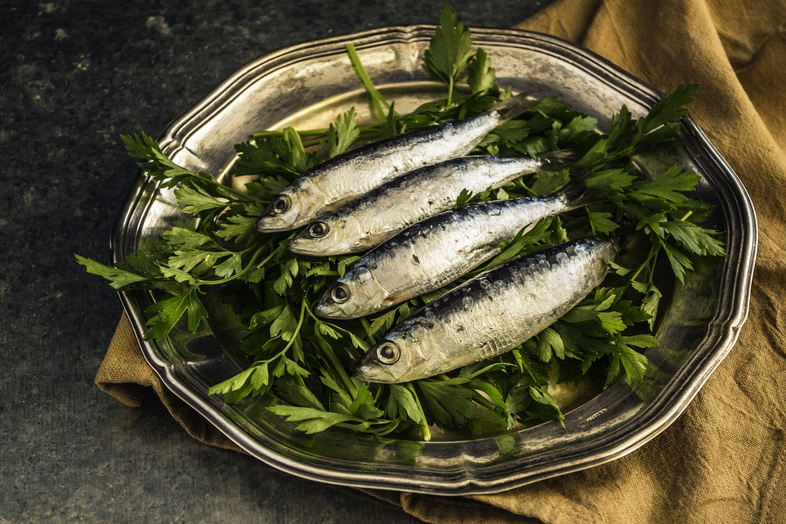
Small but mighty, sardines are a powerhouse of nutrition. These tiny fish boast high levels of omega-3 fatty acids, vitamin D, calcium, and phosphorus. They’re also low in mercury, making them a safe and healthy fish option for those concerned about potential contaminants. Sardines are particularly beneficial for individuals on a diet fish plan, as they can help support weight loss and overall health.
Sardines can be enjoyed fresh or canned, with canned varieties being a convenient and affordable option. Try adding sardines to salads, pasta dishes, or sandwiches for a burst of flavor and nutrition. Alternatively, you can enjoy sardines on their own, drizzled with a bit of lemon juice and a sprinkle of sea salt.
3 – Mackerel
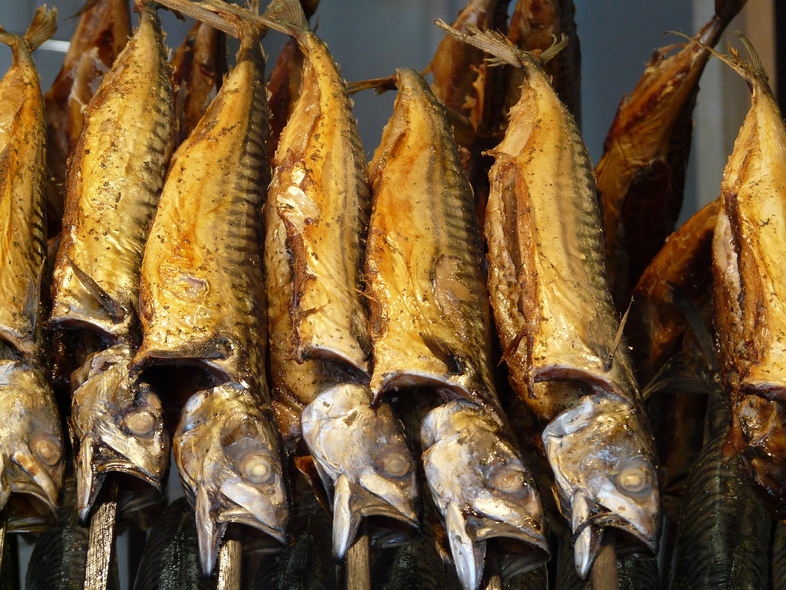
Mackerel is a flavorful, oily fish that is rich in omega-3 fatty acids, making it an excellent choice for promoting heart and brain health. It’s also a fantastic source of protein and essential vitamins like vitamin D and B12.
While mackerel is a best fish to eat for its health benefits, it’s important to choose varieties low in mercury, such as Atlantic mackerel. To enjoy mackerel, try grilling, broiling, or baking it with a touch of olive oil, lemon, and your favorite herbs. Pair it with a side of steamed vegetables and quinoa for a delicious, balanced meal.
4 – Cod
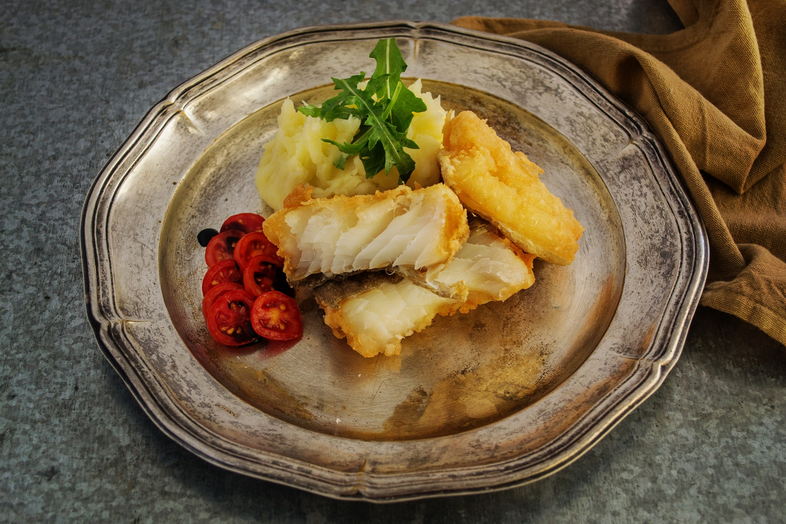
Cod is a lean, white fish that’s an excellent option for those seeking a low-calorie, protein-rich food. It’s also high in B vitamins, such as B6 and B12, which are crucial for energy production and maintaining a healthy nervous system.
This versatile fish can be prepared in a variety of ways – try baking, broiling, or even frying in a light batter for a healthier take on traditional fish and chips. Cod pairs well with a variety of flavors, so feel free to get creative with herbs, spices, and sauces to elevate your dish.
5 – Oysters
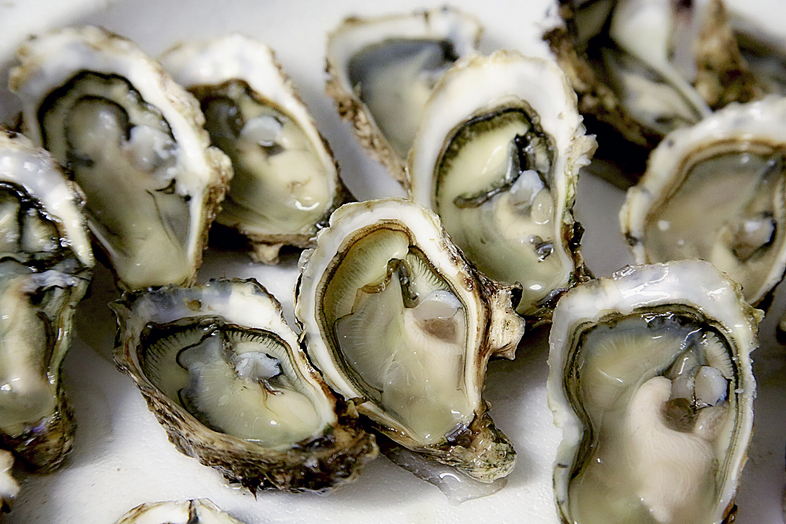
These briny bivalves are not only a delicacy but also a nutritional powerhouse. Oysters are exceptionally high in zinc, which is crucial for immune function, wound healing, and reproductive health. They’re also a great source of vitamin B12, iron, and selenium, making them a highly nutritious addition to your diet.
Oysters can be enjoyed raw on the half shell, with a squeeze of lemon or a dash of hot sauce for added flavor. Alternatively, try grilling, baking, or frying them for a unique twist on this classic seafood. Oysters are also a popular ingredient in chowders, stews, and pasta dishes, providing a delicious and nutritious boost to any meal.
6 – Shrimp
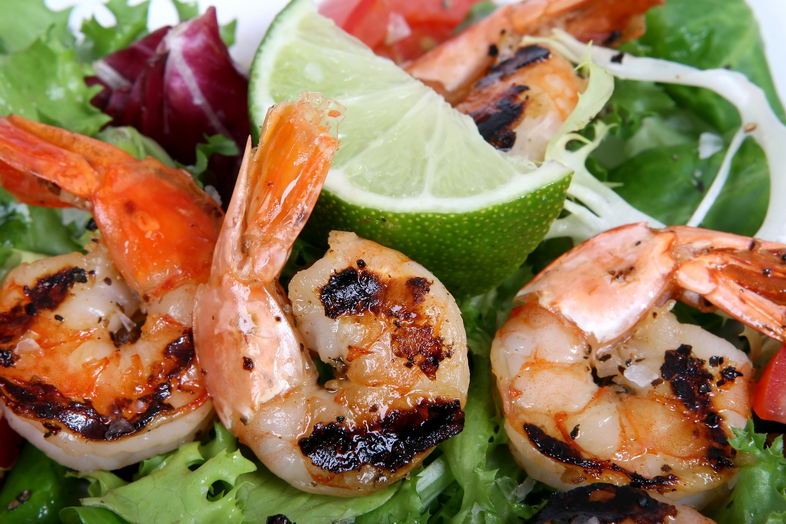
Shrimp is a low-calorie, protein-packed seafood option that is both tasty and versatile. Rich in antioxidants like astaxanthin, shrimp can help reduce inflammation and promote overall health. Additionally, shrimp is an excellent source of selenium, vitamin B12, and phosphorus.
Shrimp can be prepared in countless ways, from grilled skewers to shrimp scampi, making it an adaptable addition to your culinary repertoire. Just be mindful of the sodium content in pre-packaged or pre-seasoned shrimp, as it can be quite high. Opt for fresh or frozen shrimp and season it yourself with your favorite herbs and spices for a healthier option.
7 – Trout
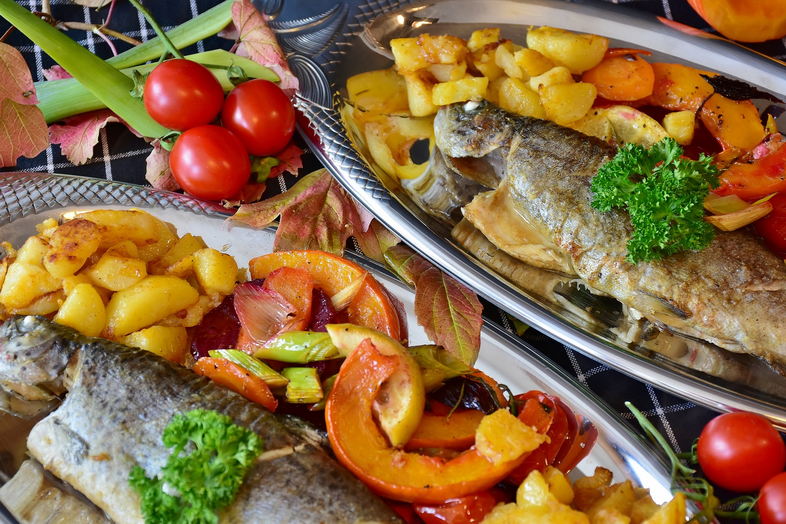
Trout, particularly rainbow trout, is a delicious and nutritious fish that boasts high levels of omega-3 fatty acids and lean protein. It’s also a good source of potassium, which can help regulate blood pressure and support heart health.
This flavorful fish can be grilled, baked, or pan-seared, making it a versatile choice for your next seafood meal. Try pairing trout with a side of roasted vegetables and a whole-grain like farro for a well-rounded, nutrient-dense dish.
8 – Scallops
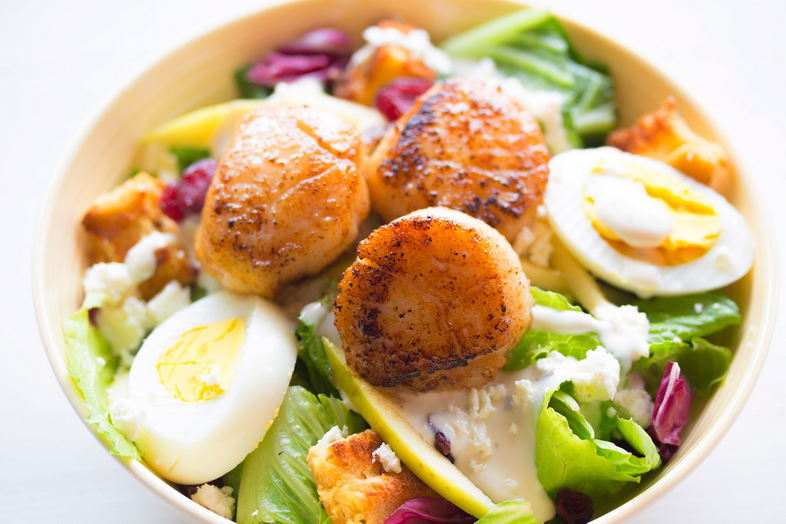
These tender, sweet shellfish are not only a gourmet delight but also a nutritious choice. Scallops are low in calories and high in protein, making them an ideal option for those looking to maintain a healthy weight. They also provide a good amount of magnesium, potassium, and vitamin B12.
Scallops can be enjoyed seared, grilled, or poached, and their delicate flavor pairs well with a variety of sauces and seasonings. Serve scallops with a side of sautéed greens and a light, citrusy sauce for a refreshing and healthy meal.
9 – Clams

Clams are another bivalve boasting a range of health benefits. They’re an excellent source of vitamin B12, iron, and selenium, and also provide a decent amount of protein. Clams can be a great addition to a healthy fish diet, offering essential nutrients while being relatively low in calories.
Enjoy clams steamed, grilled, or added to soups, stews, and pasta dishes. Clam chowder is a popular favorite, but consider using a lighter broth base instead of cream to keep the dish healthy and nutrient-dense.
10 – Tuna
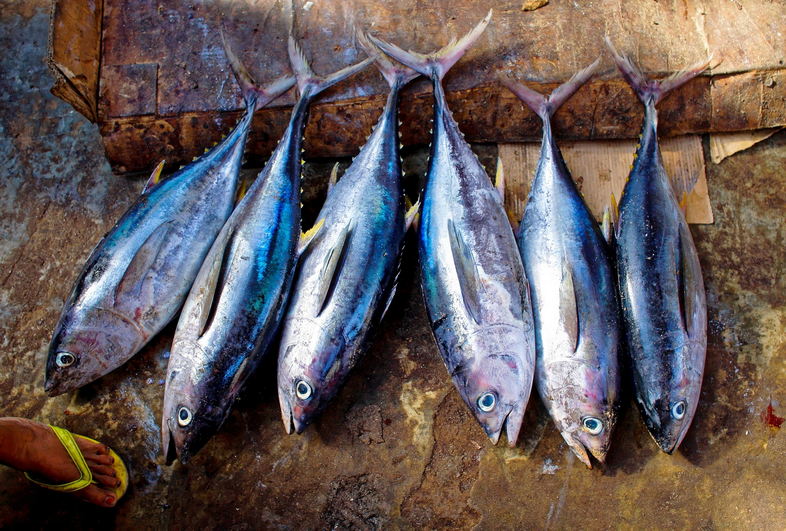
Tuna is a popular and versatile fish that offers a variety of health benefits. It’s high in omega-3 fatty acids, protein, and various vitamins and minerals. However, it’s essential to choose varieties low in mercury, such as light canned tuna or fresh skipjack tuna.
Tuna can be enjoyed in numerous ways, from sushi to tuna salad sandwiches, making it a convenient and nutritious option. Opt for water-packed canned tuna or prepare fresh tuna by grilling or searing for a healthy and satisfying meal.
Conclusion
As we’ve discovered, the ocean offers a treasure trove of delicious and nutritious seafood options. From the fatty, omega-3-rich salmon to the delicate, protein-packed scallops, there’s a healthy seafood choice to suit every palate. By incorporating these nutrient-dense options into your diet, you’ll not only enjoy a world of diverse flavors but also reap the many health benefits they provide. So, go ahead and dive into the world of healthy seafood, and explore the numerous ways to prepare and savor these oceanic delights. Experiment with new recipes, seasonings, and cooking techniques to keep your meals interesting and packed with essential nutrients.
Remember, when it comes to seafood, it’s essential to choose sustainably sourced options to protect our oceans and their ecosystems. Look for certifications like the Marine Stewardship Council (MSC) or the Aquaculture Stewardship Council (ASC) to ensure that your seafood choices are both healthy and environmentally responsible.
Incorporating healthy seafood options into your diet can make a world of difference in your overall well-being. Not only will you be treating your taste buds to a delightful culinary experience, but you’ll also be supporting your body’s health and vitality. So, don’t hesitate to embark on a delicious and nutritious seafood journey – your body and taste buds will thank you!

